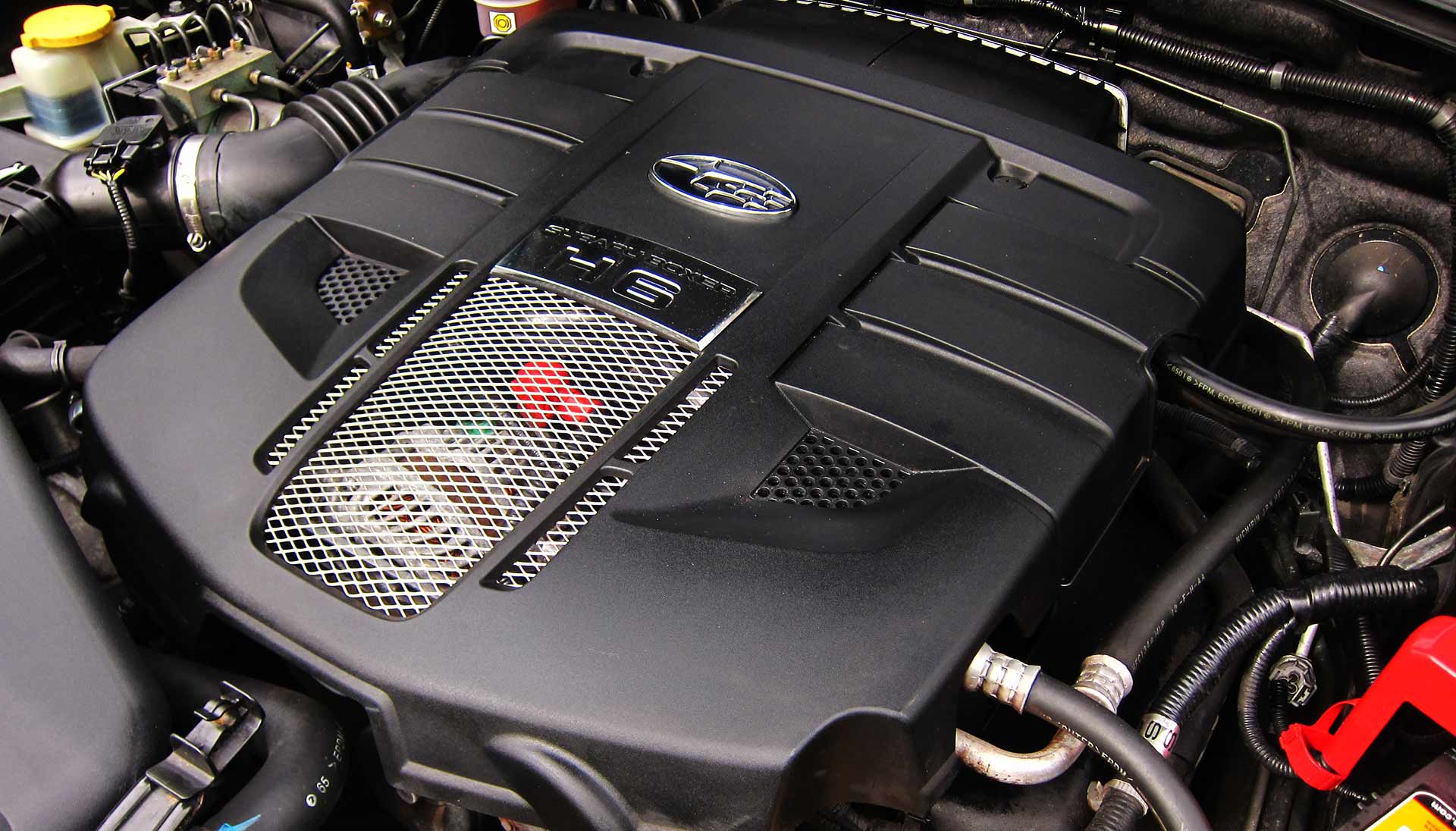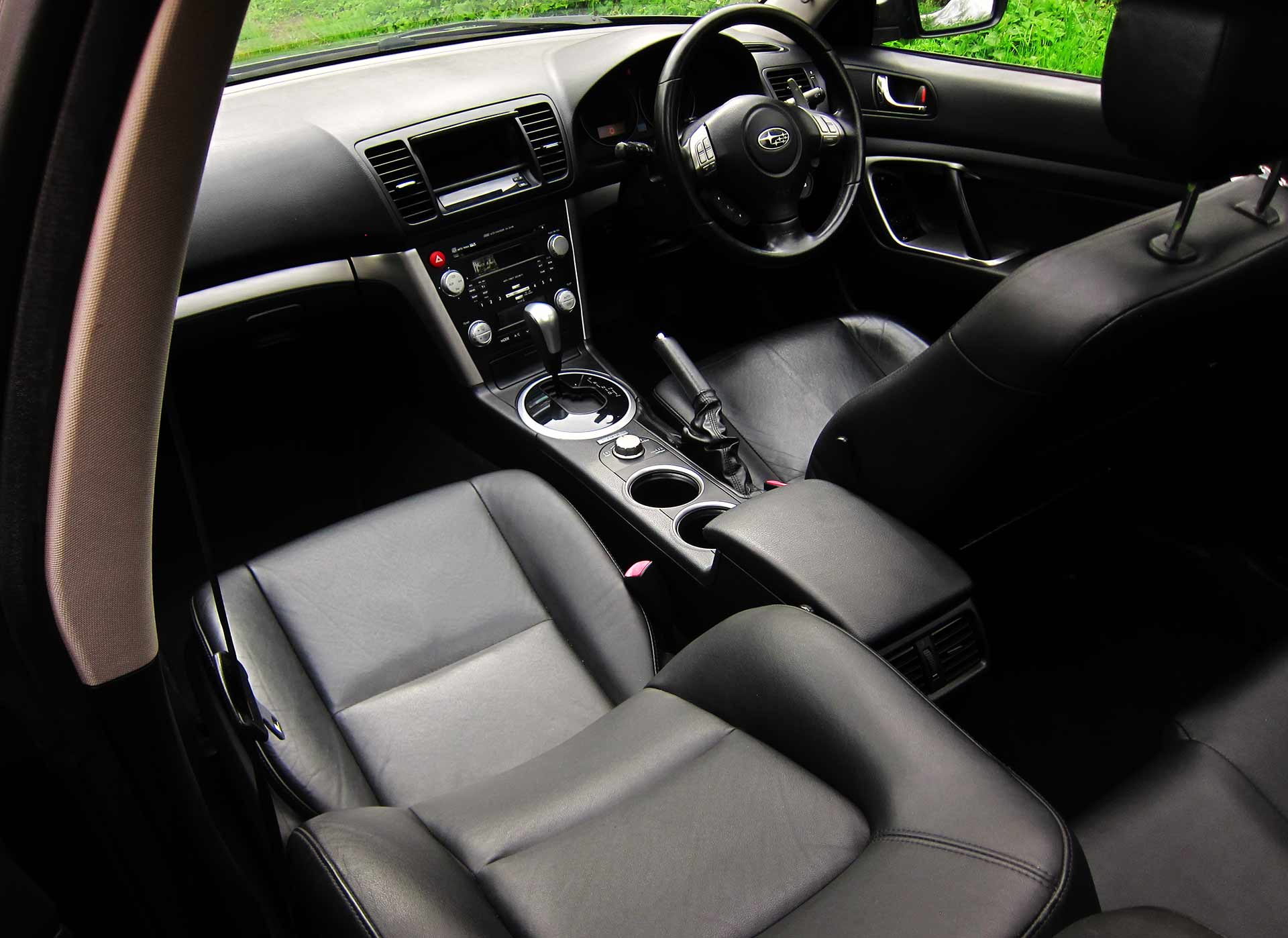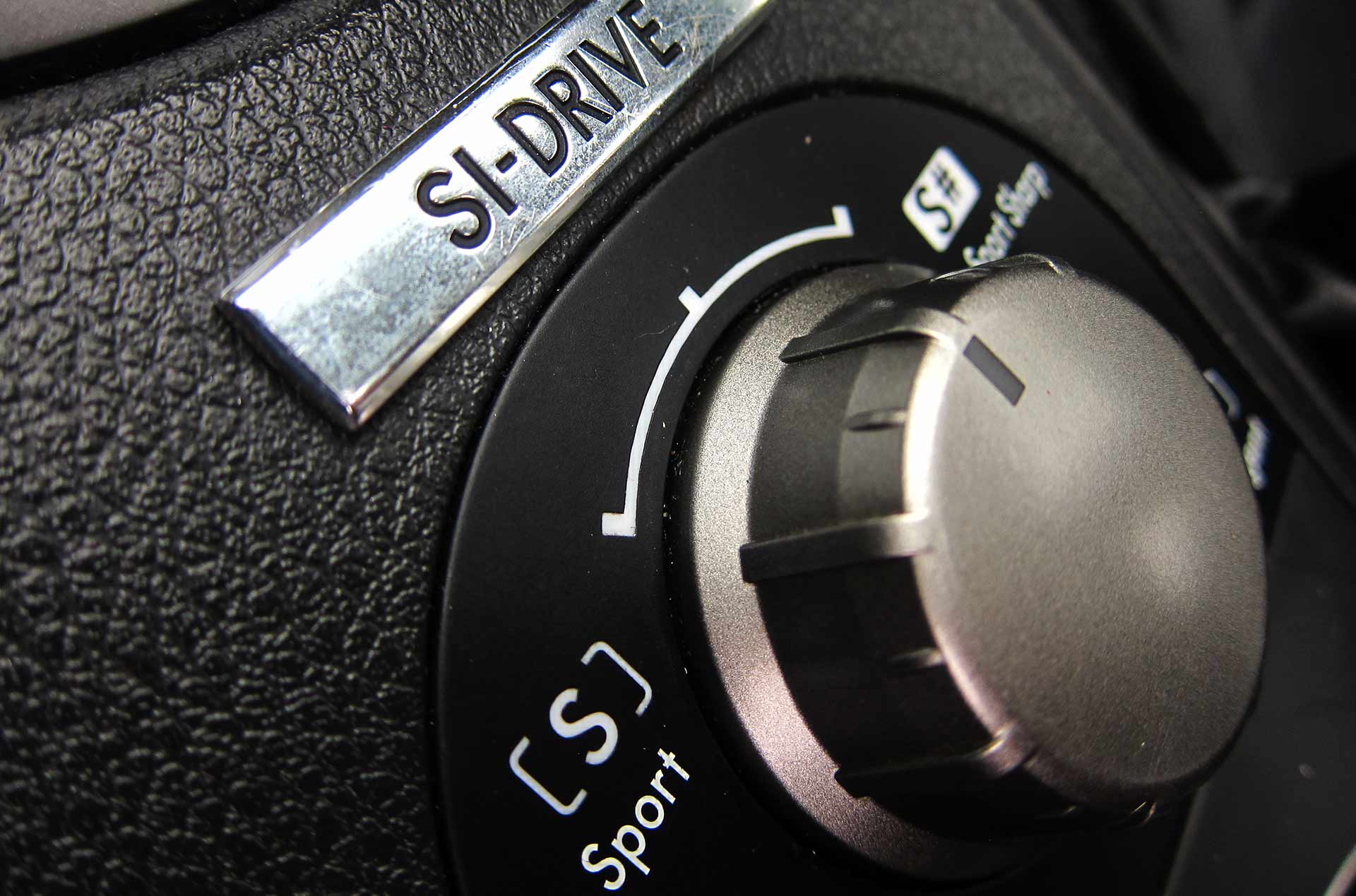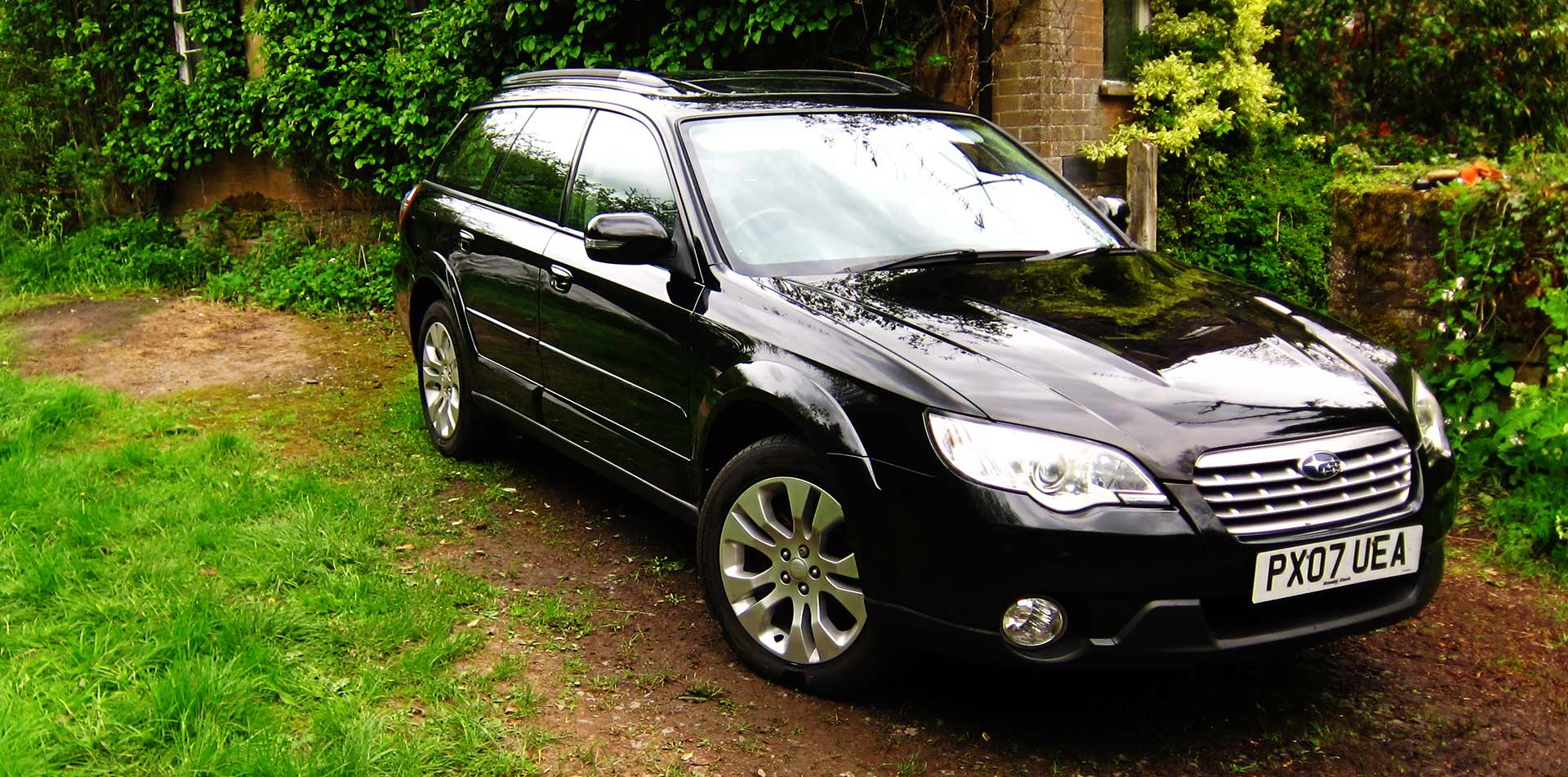Land Rover Defenders are always handy to have around when a dirty job needs doing or the weather turns against you. But over the eight years I had my 300tdi pickup I used it less and less, and I realised that was because my needs had evolved, and the Defender no longer met them.
I needed to carry more passengers than was possible in a truck-cab Defender. One option would have been to go for a station wagon Defender – or to add the station wagon roof, side panels, rear door and seats to the one I’d got. But that wouldn’t have addressed another problem, which was the surprisingly small cargo capacity of the Land Rover 90. Better reliability would be nice, too: the Defender always seemed to have something wrong with it whenever I did want to use it. And if I could find something that was competent in on-road use, quiet enough and comfortable enough to cope with long journeys, it would be more usable more of the time. That ruled out a Defender of any kind.
Ideally I wanted a 2007-on facelift version of the Outback 3.0R with a low mileage, and that narrowed down the pool of potential purchases.
I still wanted it to be four-wheel drive, and to be able to cope with the miles of ice and slush that can exist in winter between my house in rural Shropshire and the nearest gritted road. What I didn’t need was the extraordinary off-road ability of the Defender, and the compromises in design that came with it.
All that pointed to a road-biased four-wheel drive vehicle, but which one? Yes, of course, the answer turned out to be a Subaru, but it took a while to reach that conclusion.

Flat six EZ30D engine in the 3.0R delivers a smooth 240bhp.
The Defender sold for £7000, and that was the budget for its replacement. At that level an L322 Range Rover sounded good as they look great and drive well, but I couldn’t get past horror stories of electrical faults and failing air suspensions and even compared to the Defender’s 22mpg the Range Rover’s fuel consumption looked extravagant. A Porsche Cayenne would be fun, but parts prices and potential cost of repair ended that idea. BMW X5s appealed for their reliability but not for their image, and anyway affordable ones all had vast mileages.
I soon realised that I didn’t really need a full-on 4x4 and that a four-wheel drive estate car would do the job nicely. BMW xDrives and Mercedes 4Matics appealed for their design and build quality, but were all rare and, as a result, expensive. Volvo XC70s were another option, but they use an old-style Haldex four-wheel drive system which is fine for dealing with the odd bit of wheelspin but is less than ideal in extreme conditions.

Black leaher interior is spacious and comfortable.
Audi A4 Quattro? They tend to be pricey, but there was another reason – a rather nerdy, technical one – why I finally decided against, and it’s all to do with differentials.
Differentials split the input torque equally between the two outputs, while allowing each output to run at a different speed. This allows both wheels on an axle to be driven, and yet still allow each wheel to travel at a different speed, which is essential for a car to turn a corner. But in slippery conditions, if one wheel has grip and the other doesn’t, the action of the differential means that very little torque is delivered to either wheel – the one without traction spins, and the same small amount of torque is delivered to the other, so little that the vehicle might not be able to move forward.
A limited-slip differential (LSD) combats this by only allowing a certain difference in speed between one wheel and the other. The wheel with least traction spins, but torque is still delivered to the wheel that has more grip, and the vehicle moves.
10 tips for buying an Outback 3.0R

- Facelift in 2007 brought minor interior and exterior changes, added SI-Drive drive mode selector (above) and paddle shift for the auto box, but find one with care – pre-facelift cars were registered into 2008 and 2009 so check the spec.
- Many are low mileage for their age – a 10-year-old example averages about 90,000 miles. Very low mileage cars can attract a significant premium.
- Dealer prices for facelift cars range from 07-plate cars at £5000 to rare 10-plate examples over £10,000. Private sale cars are £1500-£2000 cheaper.
- Run the heating/ventilation in all modes and check it works as expected. Listen for gurgling noises after shut-down.
- Check that the heated seats work correctly. Often the driver’s side seat base heating element fails or moves inside the seat, severing the electrical connections. The seat has to be stripped to repair.
- Feel for vibrations when accelerating, a sign of a worn universal joint or broken transmission mount.
- Clonks from the suspension are common and indicate worn anti-roll bar bushes or drop links.
- The flat six engine is very reliable with none of the head gasket problems of the 2.5-litre flat four. Cam drive is by chain so there’s no cambelt to change.
- These cars can lead hard lives so check for scratches and dents, and scuffs under front and rear valances.
- If the car has a towbar find out what it’s been towing and consider if that will have accelerated transmission and suspension wear.
Early Quattros had limited slip differentials in their rear axles, but by the time of the A4 Quattro Audi had moved on to a so-called electronic LSD. A conventional, “open”, differential is used but if a wheel spins the brake on that wheel is applied, increasing the amount of torque that side of the axle can handle and thus increasing the torque delivered to the other side. Effectively the engine drives against the brakes, increasing the overall torque delivered. This works well up to the point that the brakes overheat or wear out. It’s a good solution for short-term use, because it's more fuel efficient than a mechanical LSD, which is why it has been so widely adopted. But for heavy-duty use – for the miles of ice and slush between me and civilisation in a cold winter – I wasn’t convinced it would be up to the job.
The BP-series Subaru Outback built up to 2010 has a proper LSD in the rear axle, together with a computer-controlled multiplate clutch in the centre of the drivetrain to mimic a locking centre differential. Coupled with Subaru’s famed reliability, a spacious estate-car body and long-travel suspension it ticked all the right boxes.
Actually the famed reliability had a few blemishes, notably head gasket problems on the 2.5-litre flat fours and frangible crankshafts on the Boxer Diesel, but the EZ-series flat six petrol engine is about as reliable a motor as you’re likely to find. As a bonus it comes with a tuneful six-pot engine note and a lusty 240bhp. Sold.
Ideally I wanted a 2007-on facelift version of the Outback 3.0R with the SI-drive system that provides three driving modes, and shift paddles for the automatic transmission. I also wanted a low mileage example, and that narrowed down the pool of potential purchases in a field that was never that large to begin with. I found PX07UEA in the Scottish borders, and it had a fairly well-documented history supporting a mileage under 70,000. It looked sound apart from some paintwork blemishes, a rotten exhaust and worn out front brakes. On the 300-mile drive back home it didn’t miss a beat, and charmed with the engine’s silky delivery and classy sound, the airy interior complete with lovely leather-wrapped Momo steering wheel, and the smooth ride.
Since then I’ve added a towbar, fitted a replacement exhaust, and inspected the front brakes which turned out to be not nearly as well worn as I’d thought. I also found that the spare wheel - pristine, and complete with 2006-vintage Yokohama Geolandar tyre - had been fitted in place of a rather less pristine wheel wrapped in a brand new tyre, matching the others on the car. A 2006 tyre is too old to rely on so I swapped back to the better rubber and I'll live with the grubbier appearance until the tyres get changed.
So far the Subaru has been a curious mixture of clever and crazy engineering. In the former category comes the lovely engine, a 3.0-litre flat six with double overhead cams per bank, and the four-wheel drive transmission. In the latter, the curious two-piece sunroof and even more curious load area cover, which has a conventional roller-blind affair for the main part and then an odd filler panel attached to the tailgate. Quite what this achieves is anyone’s guess. Taking the rear bumper off to fit the towbar revealed a production engineer’s nightmare – there were screws, bolts, clips and brackets everywhere. Ford would have done the same job with two bolts and a bracket that also did something else, for half the cost.
The Outback has proved its capability as a long-distance cruiser and I’ve lined up a second set of alloys and some winter tyres, so I’m hoping it will keep us mobile however cold it gets in the months ahead.
